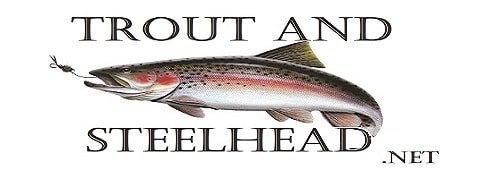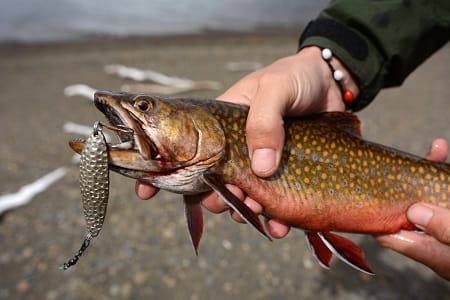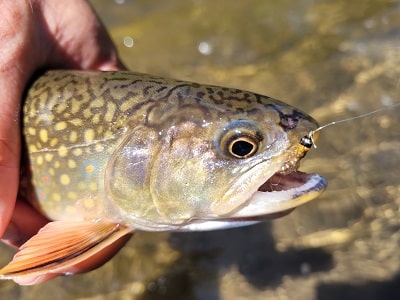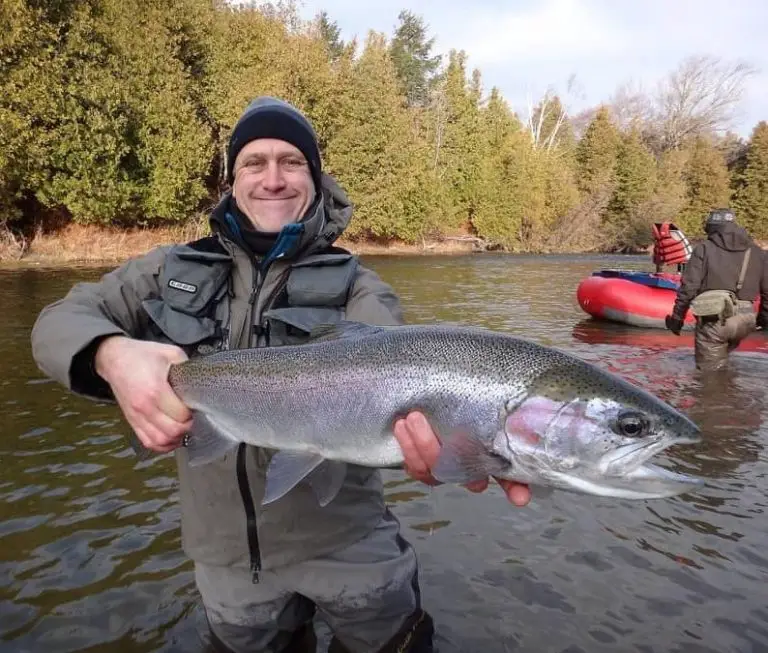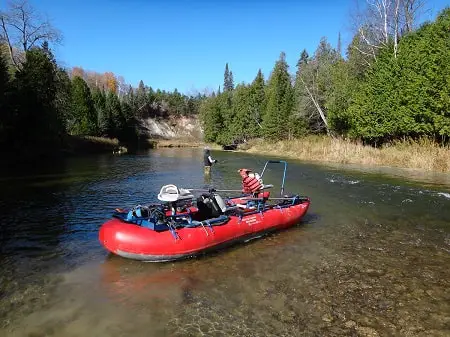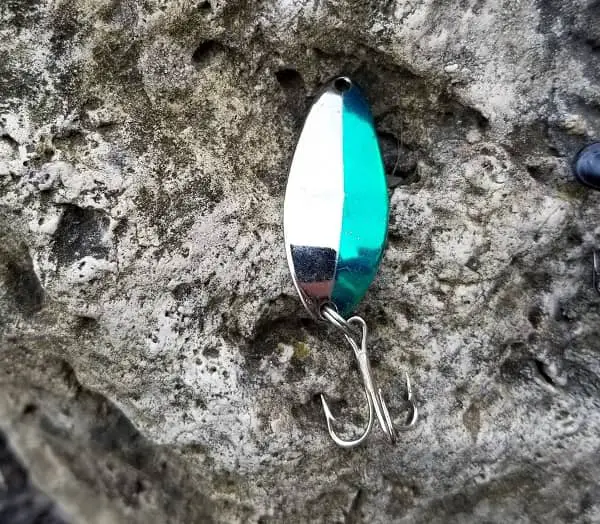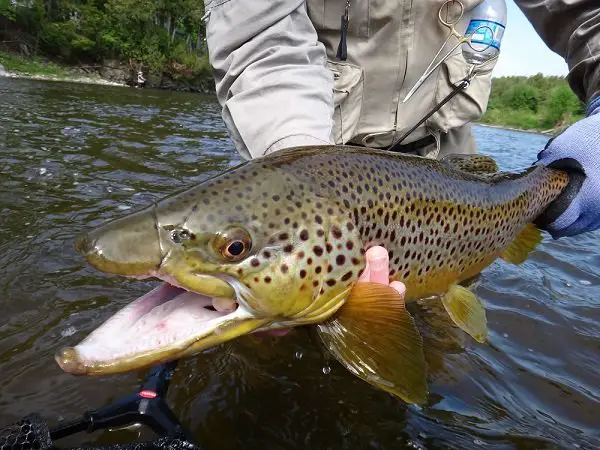Trout Fishing in Lakes: Expert Advice for Success
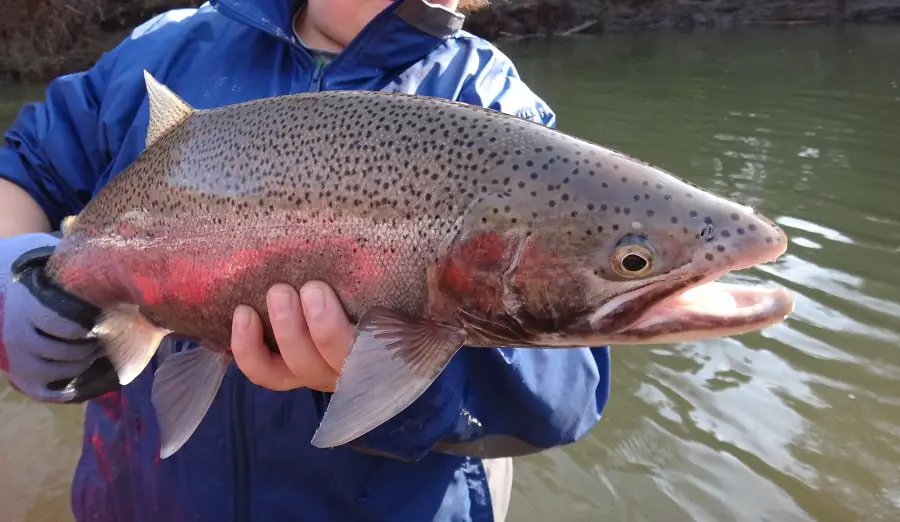
Mastering the art of trout fishing in lakes requires a deep understanding of the trout’s behavior, their food source, and their natural surroundings.
Whether I am targeting stocked trout or wild trout populations in lakes, I use the same tactics and techniques used by skilled anglers and other trout guides to significantly increase my chances of catching trout.
Even minor factors like choosing the right hook and leader size can make a significant difference.
In this comprehensive guide, I will explore how to locate trout in open water lake, where I concentrate my efforts for more fish, what are productive areas, and I’ll discuss various bait rigs, lure casting, and trolling methods that will greatly enhance my chances of landing big trout in lakes.
Additionally, I will provide valuable tips specifically tailored for fishing stocked trout.
Locating Trout in Open Water
When fishing for trout in the lake, it is crucial to identify their preferred habitats in open water.
Unlike rivers and streams, trout in lakes tend to roam independently rather than forming schools. These trout often move around in search of cold, oxygen-rich water that provides ample food sources. They will also concentrate in areas that have structure or baitfish.
During spring and fall, lakes connected to rivers or streams, which have active inflows and outflows, become prime fishing spots for big trout.
Trout frequently patrol the near-shore transitions of lakes during these seasons, where drop-offs and ledges are accessible.
In summer, trout seek cooler temperatures in deeper water, typically near the thermocline or any spring upwellings.
Targeting the deepest basin of a lake throughout the year can also be a reliable strategy.
Concentrating My Efforts When Trout Fishing In Lakes
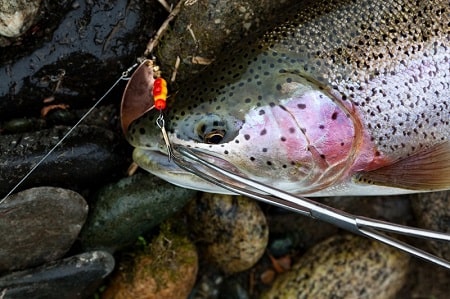
To maximize the chances of hooking trout in a lake, I focus my fishing efforts in the right areas.
Consider these productive locations found on most lakes:
- Deeper sections: Trout prefer cooler water, especially in the summer, so I concentrate on fishing in the deeper parts of the lake. In the winter, trout tend to also hold in deeper water.
- Windy Side: Strong winds can create waves on the far side of the lake, resulting in increased oxygen levels, which are favorable for trout. The waves can also bring food sources like bugs, attracting baitfish and subsequently, the trout.
- Underwater structures: Fallen trees, docks, rocky areas, and other structures offer shelter and serve as hunting grounds for smaller fish, attracting trout.
- Overhanging trees: Trees provide shade from the sun and protection from predators. Falling insects from the trees can also attract trout feeding on them.
- Mouths of streams: Highly oxygenated and cooler water near stream mouths can draw trout seeking floating morsels. Streams can also bring in drifting insects and other food.
- Dams, weirs, and fountains: These areas bring in highly oxygenated water, making them appealing spots for trout.
Shoreline Bait Rigs for Trout
When fishing for trout from the shoreline, using appropriate bait rigs that can be cast far out allows me to target different sections of the water column where trout are likely to be feeding.
Consider the following setups based on prevailing conditions:
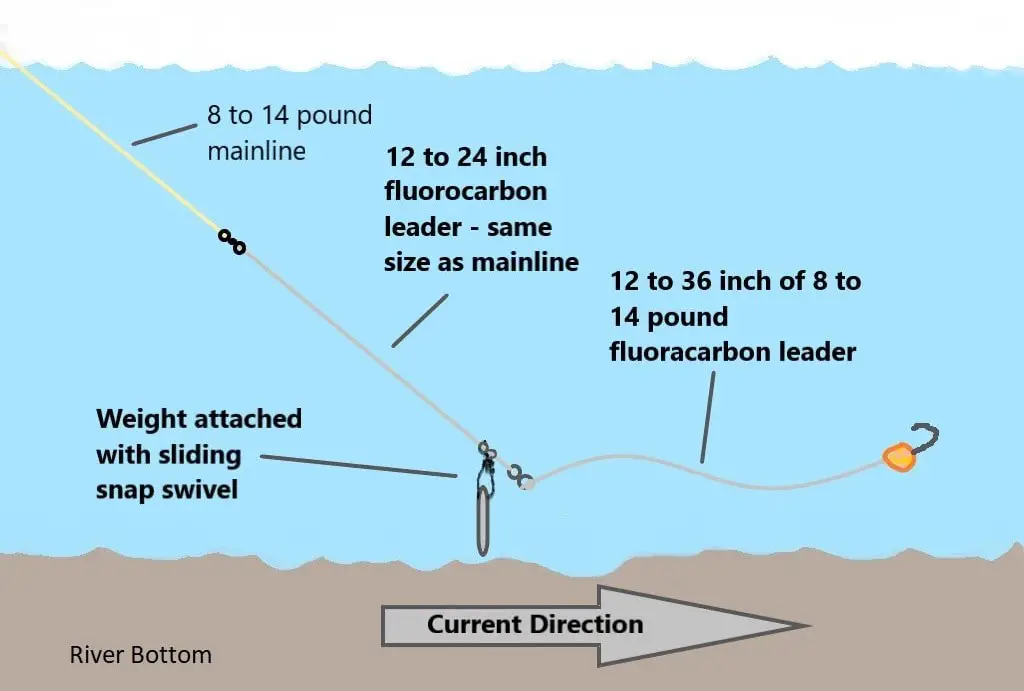
Bottom Rig: This rig works well with floating bait or live bait. Slide an egg sinker or pencil lead and a stopper bead onto the line, followed by a swivel. Attach a 2-4 ft. leader with a hook and use floating bait or a floating bead near the hook to keep the bait off the bottom, making it more visible to trout.
The floating bottom rig is highly effective in open water, especially when targeting the thermocline. Once the rig is secured on the bottom, gently tighten the line without pulling and wait.
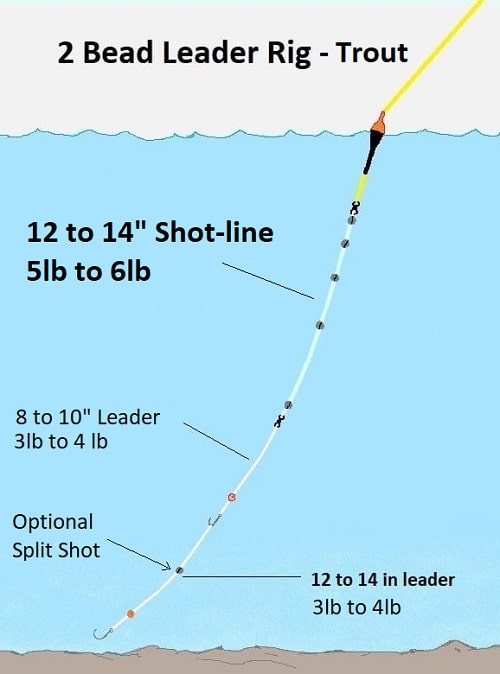
Slip Bobber Rig: Targeting trout in still water, especially depths exceeding 7 feet, can be done effectively using a slip float rig.
Adjust the depth of the bait by using a slip bobber, presenting it at the desired level in the water column.
Depending on trout feeding preferences, bait options include worms, minnows, or leeches.
Experiment with different depths to determine the most productive range.
Best Baits To Catch Trout In Lakes
I can’t stress this enough, it is recommended to use proven baits favored by experienced anglers and trout guides. Here are some effective options:
- Garden Worms: Opt for small to mid-sized worms, approximately 2 to 4 inches in length.
- Salmon Eggs and Trout Eggs: Also known as spawn sacs or roe bags, these baits emit a scent that is hard for most trout to resist.
- Grubs and Insects: Baits such as lawn grubs, maggots, mealworms, grasshoppers, crickets, and hellgramites can attract trout.
- Minnows: Live or dead minnows are highly effective and can be obtained from tackle stores and bait shops.
- Leeches: Trout are known to have a preference for leeches, making them an excellent choice for lake fishing.
- Artificial Baits: While artificial baits are not as productive in still water where trout have ample time to inspect the bait, there are some reliable options. Consider using Berkley Gulp worms and grubs, Powerbaits, or Berkley Trout Dough.
Casting Lures
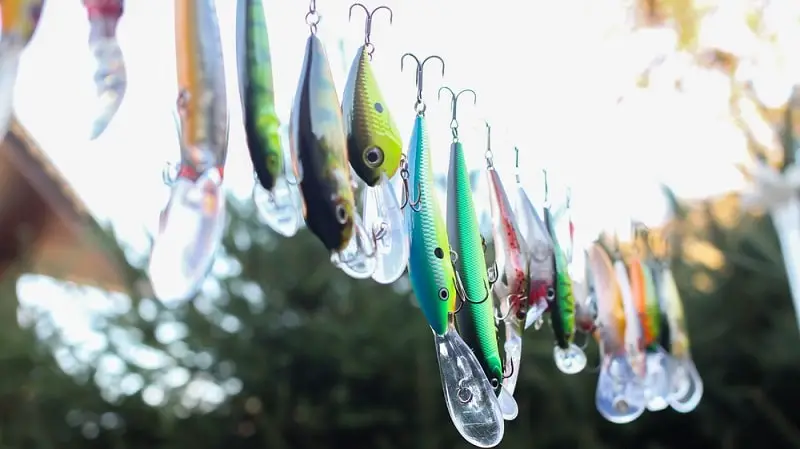
Casting lures is an effective technique for covering a larger area and exploring different depths of the lake. During cooler months when trout are actively feeding, lures can be particularly successful. Here are some recommendations:
- Trout Spinners and Spoons: Casting spinners and spoons allows me to quickly locate active trout. Retrieve the lure at a steady pace to mimic the movement of baitfish. Vary the depth by counting seconds to let the lure sink before retrieval. If I’m not getting bites, try a rip, twitch, pause-type of a retrieve to add more action and make the lure appear like an injured baitfish.
- Trout Crankbaits: Shallow-running and deep-diving crankbaits are excellent options for targeting lake trout. Pause the crankbait to suspend it in place or to rise slowly, enticing the trout to strike. Similar to bass fishing techniques, a rip, twitch, pause retrieve can also be effective in enticing more bites from trout.
- Soft Plastics and Jigs: Soft plastic lures like jigs and grubs can imitate wounded baitfish when twitched with a quick snap of the line. Experiment with different retrieves, including swimming, jigging, or yo-yo-ing the soft plastics through the water column.
Trolling For Trout In Lakes
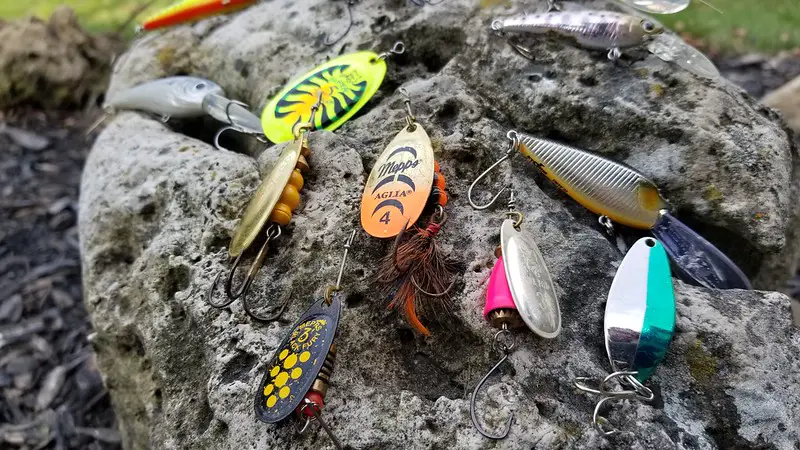
Trolling is a useful method for systematically covering large areas of water at different depths. It can be done from a motorboat, canoe, or other small watercraft. To troll successfully, follow these tips:
- Choose the Right Lures: Select spinners, spoons, and crankbaits when trout are actively feeding. I will change my lure type, size, and color based on the trout’s preferences and the prevailing conditions.
- Depth Control: In the absence of specialized equipment, trolling close to the surface is the most effective. Use lures that run 1-3 feet below the surface by removing any additional weight. To troll deeper, employ deep-diving crankbaits or add split shots spaced 1 foot apart on your line.
Fishing Stocked Trout in Lakes
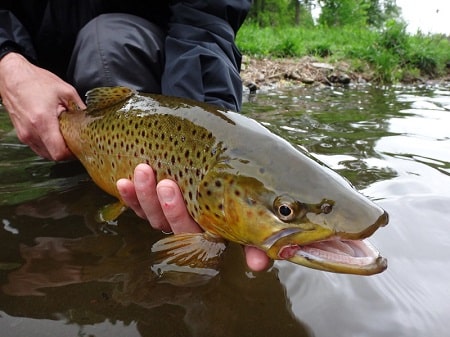
Stocked trout feed and hold differently than wild trout, especially for the first few weeks or until they acclimatize themselves to the new environment.
Stocked trout fishing methods should be used.
By arriving early at a lake that has been recently stocked with trout, you will have a better chance of catching trout. After stocking, trout tend to remain close together before dispersing throughout the lake, giving anglers an advantage of catching more fish.
Additionally, newly stocked trout take time to acclimate to their new environment and are more likely to bite on baits that resemble their familiar food sources.
Keep this in mind when selecting a bait and presentation.
Optimal Time of Day For Lake Fishing For Trout Fishing
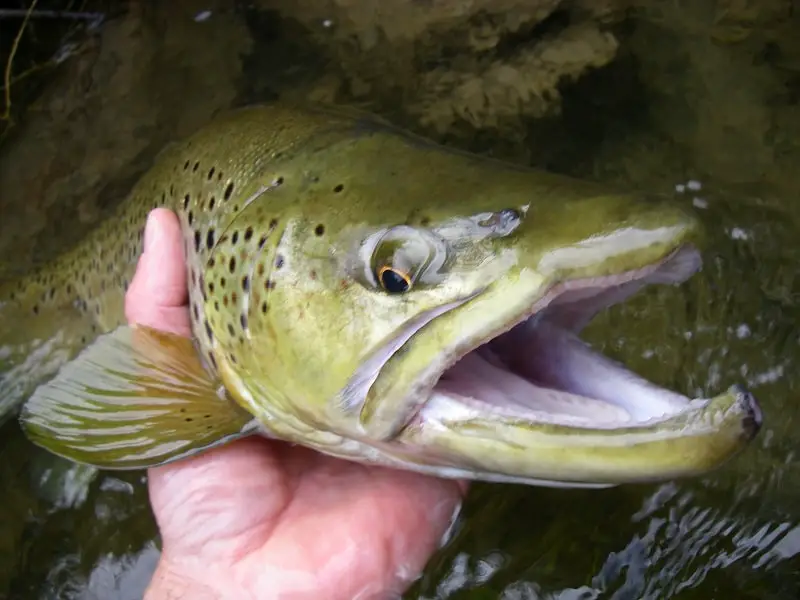
Dawn and the hours surrounding it are considered ideal times to catch trout. During these periods, the water is cooler, and the sun’s intensity is lower, making trout more active and receptive to feeding.
Cloudy days can also improve fishing conditions as trout are less cautious in bright sunlight.
Towards the end of the day, as temperatures cool down, trout resume their feeding activity, making evenings another productive fishing time.
Pay attention to the weather and adjust your fishing schedule accordingly.
Recommended Gear for Lake Trout Fishing
To ensure a successful fishing trip in lakes, it is crucial to have the right gear.
Consider the following equipment:
- Light or ultralight spinning rod and reel combo: Look for reputable brands known for their quality, such as Ugly Stik, which offers excellent value for money.
- Fishing Line: Opt for lighter lines, preferably around 4 to 6-pound test, to minimize visibility and increase chances of success. If trolling, consider using a good-quality fluorocarbon line of 8 pounds or a braided line.
- Hooks: Wide gape hooks, like the Raven Specimen Hook, are recommended for better hooking and secure holding of trout. Avoid using bait holder hooks, as they are less effective in this context.
- Barrel swivels (size 12 or 14): Use these to prevent line twists and tangles, and attach a fluorocarbon leader.
- Egg sinkers and Pencil Lead (1/4 oz.): These can be used to add weight to rigs to get deep and cast farther.
- Brightly-colored bobbers: Select bobbers that are easily visible in the water to help detect bites. Pencil-style bobbers, commonly used for river fishing, are preferred.
- Land Rod holder: Having a rod holder can be beneficial when fishing from the shore, allowing you to secure your rod and keep your hands free.
- Release Gear: Carry a decent trout net, a set of hemostats or long nose pliers, and a tool for cutting the line, such as nippers.
- Baits and Lures: Apart from the live bait options mentioned earlier, consider bringing along a variety of lures to cater to different trout preferences. Spoons, spinners, and crankbaits are popular choices. Always consult local fishing regulations for any specific guidelines or restrictions.
Remember, investing in quality trout gear and equipment will enhance your fishing experience and increase your chances of success.
While budget-friendly options are available, reliable and durable tackle will serve you well in the long run.
Tight Lines,
Graham
